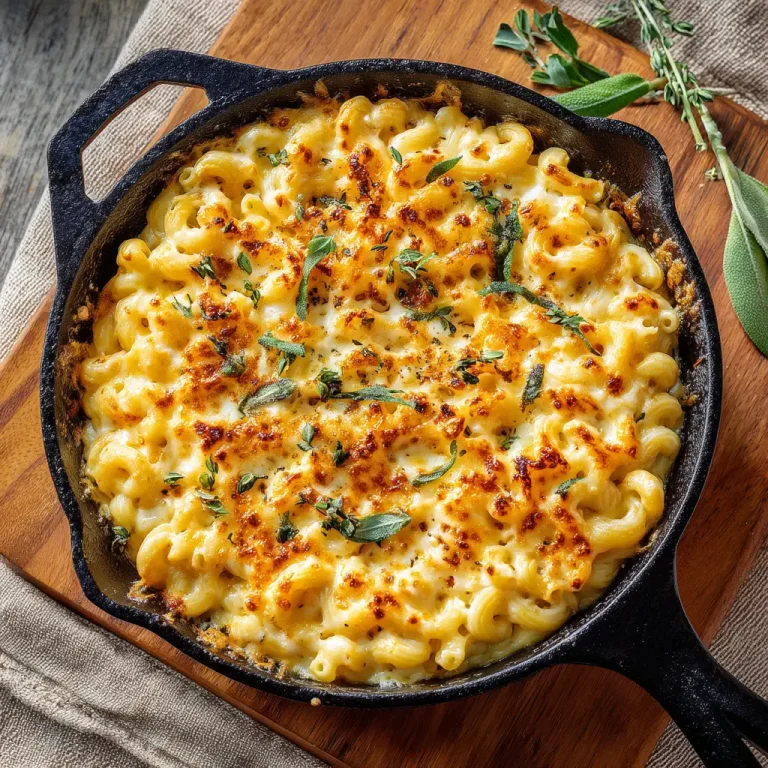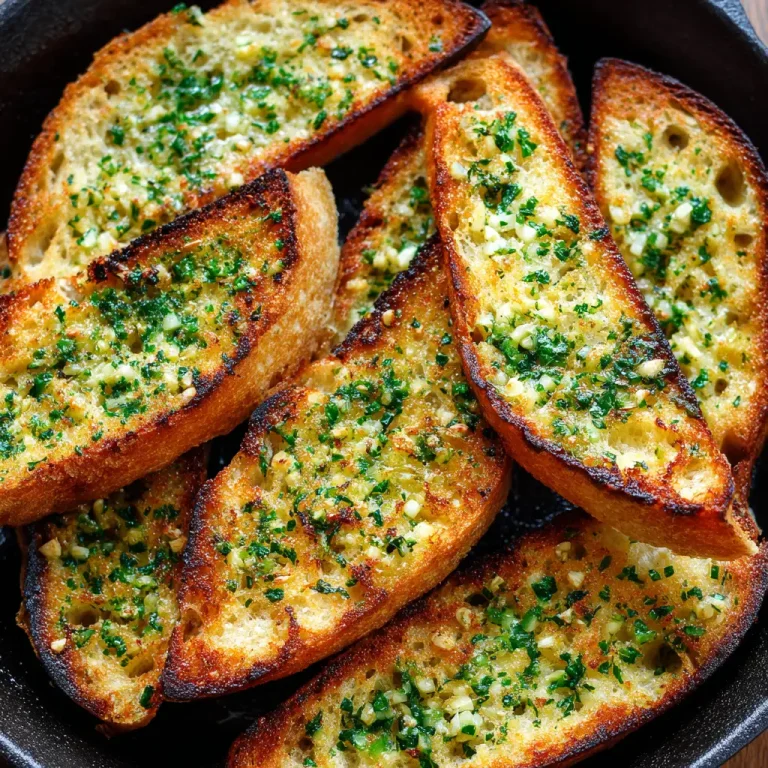Instant Yeast Bread Recipe: Easy Homemade Bread in Minutes
Introduction
Baking bread at home can be a wonderfully satisfying experience. The aroma of freshly baked bread filling your kitchen, the crisp crust giving way to a soft, fluffy interior — it is a comfort like no other. While traditional bread recipes often call for active yeast, which requires proofing and longer rising times, instant yeast offers a faster, more convenient alternative without sacrificing flavor or texture. For those eager to enjoy homemade bread but short on time, instant yeast bread is the perfect solution. The beauty of this recipe lies in its simplicity and quick preparation, allowing anyone—from beginners to seasoned bakers—to achieve a delicious loaf without the usual wait. Using instant yeast means mixing and baking can happen in a fraction of the time, making fresh bread a reality any day of the week.

Ingredients Needed
| Ingredient | Quantity | Calories per Unit |
|---|---|---|
| All-purpose flour | 3 ½ cups | 455 calories per cup |
| Warm water | 1 ½ cups | 0 calories |
| Instant yeast | 2 ¼ teaspoons | 7 calories per teaspoon |
| Sugar | 1 tablespoon | 49 calories per tbsp |
| Salt | 1 ½ teaspoons | 0 calories |
| Olive oil | 2 tablespoons | 119 calories per tbsp |
These ingredients combine to create a classic loaf that is soft inside with a delightful golden crust outside. The flour provides structure, the yeast acts as a natural leavening agent, sugar feeds the yeast to kick-start fermentation, and salt balances the flavors. Olive oil adds moisture and enriches the dough, improving texture and taste.
Step-by-Step Cooking Instructions
- Prepare the Yeast Mixture
Start by adding the warm water into a large mixing bowl. It should be warm to the touch but not hot, about 110 degrees Fahrenheit. Sprinkle the instant yeast and sugar over the water, stirring gently to dissolve. Instant yeast does not require proofing but allowing it a few minutes to activate helps ensure your bread rises properly. - Mix the Dry Ingredients
In a separate bowl, combine the flour and salt. Stir them together to distribute the salt evenly through the flour. This step ensures that every bite of bread has balanced seasoning. - Combine Wet and Dry Ingredients
Gradually add the flour mixture into the yeast-water mixture while stirring with a wooden spoon or your hand. Once the dough begins to come together, add olive oil and continue mixing until it forms a shaggy dough. - Knead the Dough
Transfer the dough to a floured surface and knead for about 8 to 10 minutes. Kneading develops gluten, the network of proteins that give bread its chewy texture. The dough should become smooth, elastic, and slightly tacky but not sticky. - Shape the Dough
Once risen, gently punch down the dough to release excess air. Shape it into a loaf by folding the edges under and forming a smooth ball or oblong shape. Place the shaped dough into a greased loaf pan or on a baking sheet lined with parchment paper. - Second Rise
Cover the shaped dough again and allow it to rise for 20 to 30 minutes, or until it puffs up noticeably. - Bake
Preheat your oven to 375 degrees Fahrenheit. Bake the bread for 25 to 30 minutes, or until the crust turns golden brown and the loaf sounds hollow when tapped on the bottom. - Cool
Remove the bread from the oven and let it cool on a wire rack before slicing. Cooling allows the interior crumb to set properly and prevents it from becoming gummy.

Tips for Customizing the Recipe
Adding herbs like rosemary or thyme to the dough creates a fragrant loaf that pairs beautifully with soups and stews. Swirling in minced garlic or sun-dried tomatoes introduces a burst of flavor that transforms this simple bread into a gourmet treat. For a nutty texture, fold in some toasted seeds such as sesame, sunflower, or flaxseed during the final kneading stage. Substituting part of the all-purpose flour with whole wheat flour adds a wholesome note and boosts fiber content, though it may slightly affect the rise. Experimenting with different oils, like avocado or walnut oil, can subtly shift the bread’s flavor profile. For a slightly sweet twist, adding honey in place of sugar enhances moisture and adds natural sweetness.If you enjoyed this, you might also loveJapanese Milk Bread .

Nutritional Information
A single serving slice of instant yeast bread (approximately 1/12th of the loaf) contains roughly 130 calories. It provides modest amounts of carbohydrates, protein, and fats, making it a balanced base for meals. The recipe is low in saturated fats and contains no cholesterol. While the bread delivers essential energy from carbohydrates, it is best enjoyed alongside nutrient-rich toppings like avocado, lean proteins, or fresh vegetables to maximize health benefits.
Serving Suggestions
Freshly baked instant yeast bread is incredibly versatile. Toast it lightly and spread with butter and jam for a comforting breakfast. Use slices to craft gourmet sandwiches filled with your favorite meats, cheeses, and vegetables. It pairs wonderfully with hearty soups, stews, and salads, absorbing broths and sauces beautifully. For a simple yet elegant appetizer, slice the bread thinly, brush with olive oil and garlic, then toast for homemade crostini. When serving at gatherings, cut the loaf into bite-sized cubes to accompany cheese and charcuterie boards. This bread’s mild flavor and soft texture make it a crowd-pleaser no matter how it is enjoyed.
Instant Yeast Bread Recipe: Easy Homemade Bread in Minutes
Course: Blog12
servings15
minutes30
minutes130
kcalIngredients
3 ½ cups all-purpose flour
1 ½ cups warm water (about 110°F)
2 ¼ teaspoons instant yeast
1 tablespoon sugar
1 ½ teaspoons salt
2 tablespoons olive oil
Directions
- In a large bowl, combine warm water, instant yeast, and sugar. Stir gently and let sit for 3 to 5 minutes.
- In a separate bowl, mix flour and salt.
- Gradually add the flour mixture to the yeast mixture, stirring until a shaggy dough forms.
- Add olive oil and mix well.
- Turn dough onto a floured surface and knead for 8 to 10 minutes until smooth and elastic.
- Place dough in a lightly oiled bowl, cover, and let rise in a warm place until doubled in size (about 45 to 60 minutes).
Recipe Video
Notes
- For best results, use warm water to activate the yeast but avoid water that is too hot as it can kill the yeast. You can customize this bread by adding herbs, seeds, or substituting part of the flour with whole wheat. Store bread in an airtight container for up to three days or freeze for longer freshness.
Frequently Asked Questions (FAQs)
Can I use active dry yeast instead of instant yeast?
Yes, but active dry yeast requires proofing in warm water before mixing with flour, which adds extra time to the process. Instant yeast can be mixed directly with dry ingredients, making it quicker.
How long can I store the bread?
Store the bread in an airtight container at room temperature for up to three days. For longer storage, slice and freeze the bread for up to three months.
Can I make this bread gluten-free?
This recipe uses wheat flour and relies on gluten for texture. Gluten-free baking requires specific flour blends and additional binders like xanthan gum, so this recipe is not suitable as-is.
What if my dough is too sticky or too dry?
If the dough feels overly sticky, add a small amount of flour, one tablespoon at a time, while kneading. If too dry, add a little warm water gradually.
Can I add mix-ins like nuts or dried fruit?
Absolutely. Add your choice of mix-ins during the final kneading stage, making sure they are evenly distributed throughout the dough.
Conclusion
Baking bread with instant yeast opens up a world of possibilities for those who cherish fresh, homemade bread but have limited time. The straightforward process, combined with basic pantry ingredients, results in a loaf that is both flavorful and texturally satisfying. It invites creativity, encouraging bakers to tweak and customize according to taste and preference.







